X
Electric hoists represent their own machinery, strength, and toughness, while the stage is elegant, flowing, and soft, with conflicts and collisions between the two.
The use of stage chain electric hoists is also allowed or not allowed. Today, the editor will introduce the three no allow principles for its use, hoping to be helpful to you.
Category : V7 Stage Electric Series
Get a Quote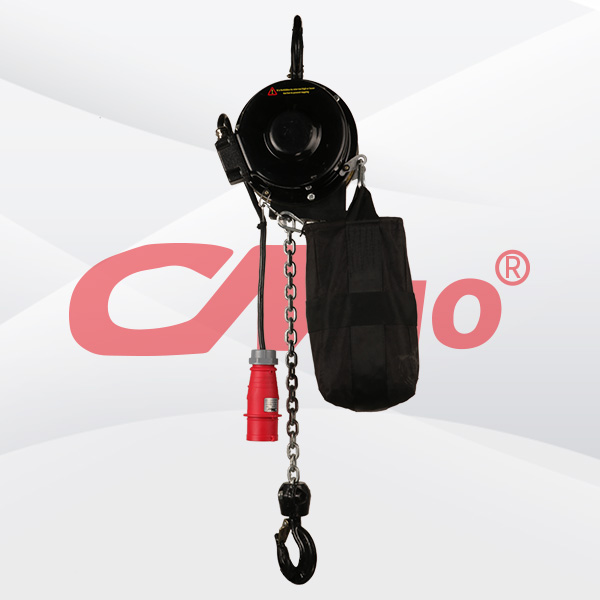
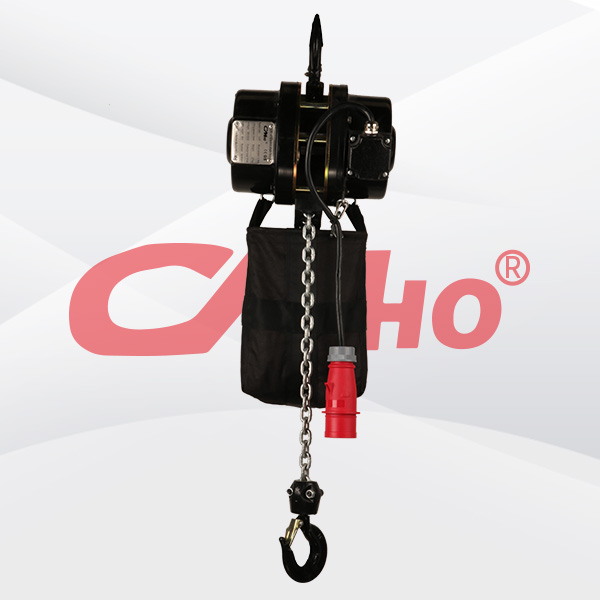
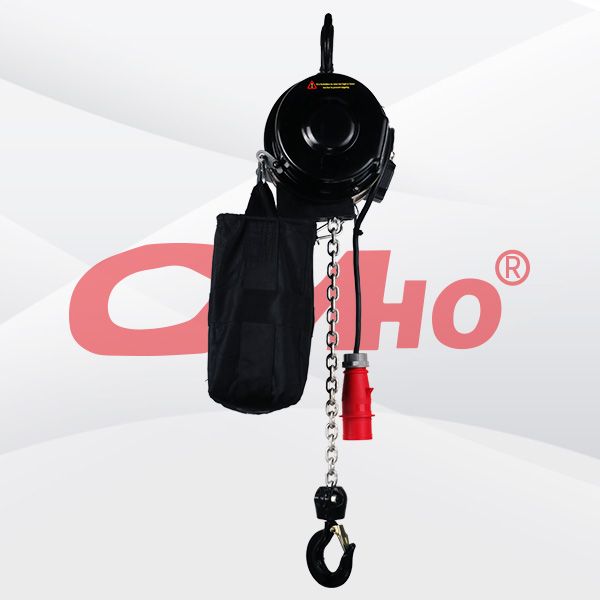
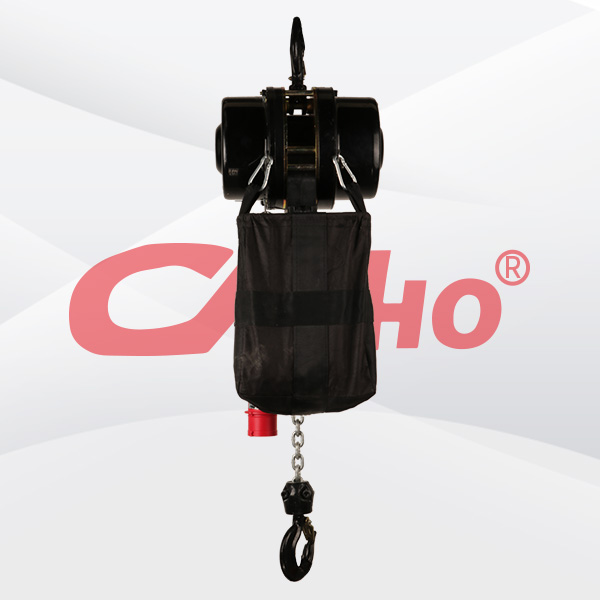





Product Details
The principle of three prohibitions for the use of stage chain electric hoists
The use of stage chain electric hoists is also allowed or not allowed. Today, the editor will introduce the three no allow principles for its use, hoping to be helpful to you.
Not allowed to work in the rain: one is to prevent rainwater from entering the interior of the motor and causing short circuit faults; Secondly, it is to prevent rainwater from causing certain corrosive effects on its components.
No two, not firmly fixed: Whether it is fixing an electric hoist or a heavy object, it must be firmly fixed, after all, the person standing under the suspended object is human. Once a heavy object falls, the consequences can be unimaginable.
Do not overload lifting: After all, the heavy objects lifted by the electric hoist are in a long-term suspended state. If overloaded, the impact on its components will be very serious, so special attention should be paid.
For the safety of operating the stage chain electric hoist, I hope you will not engage in the three prohibited operations mentioned above, okay?
What are the "symptoms" of the stage electric hoist car gnawing on the track?
As the name suggests, the stage electric hoist car gnaws on the track, which means that the car gets stuck with the track, causing wear and tear between the car and the track. If not detected and resolved in a timely manner, it is likely to cause fatal injuries to the car and track. But many people cannot detect the phenomenon of rail gnawing in a timely manner, and only realize it when the problem is serious. However, at this point, the damage is already irreparable. So how can we avoid this problem? Today, the editor will teach you how to identify a small car gnawing on the track.
Firstly, there is a slight gnawing of the track by the small car, and one can vaguely feel that the pushing of the car is not very smooth, accompanied by subtle left and right shaking of the car.
Secondly, the moderate small car gnaws on the track, making a lot of noise at the beginning and end of the pushing process. There is a noticeable sense of obstruction during the pushing process, and the small car shakes more, causing the heavy object to tilt or swing accordingly.
Thirdly, the moderate car gnaws on the track, and the wear and scratches between the car and the track are clear, with a gap of over 6 centimeters between the two.
Fourthly, the extreme car gnaws on the track, causing a sharp and piercing sound when starting. The gap between the car and the track (at either end) is close to 10mm (greater than 10mm may cause the car wheels to detach from the track and fall)
The above is the "growth" process of the stage electric hoist car gnawing on the track. Stage workers must pay attention to whether any accidents occur when using a small car, and if so, promptly nip the danger in the bud.
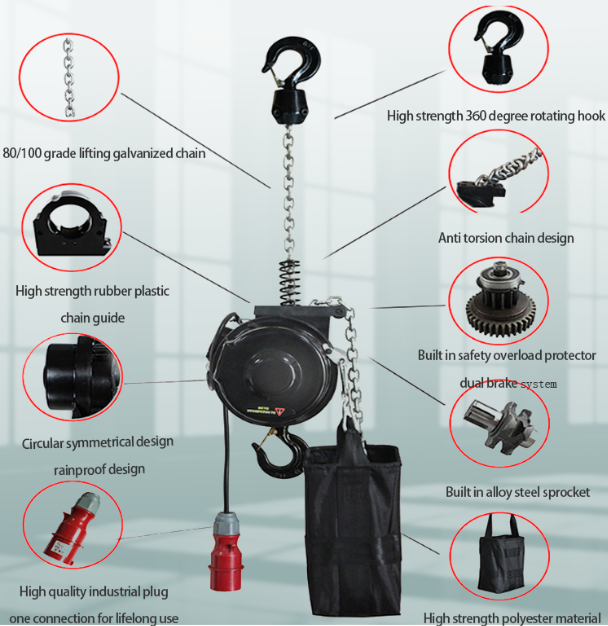
RELATED PRODUCTS .


Small soft lifting slings play a vital role in multiple fields by virtue of their unique performance advantages. Mainly woven from high-strength synthetic fibers such as polypropylene and polyester, t


The overload protection of stage chain motors is a comprehensive system. Its core lies in quickly cutting off power or limiting torque through electrical monitoring, mechanical restriction, and intell


Small stage electric hoists demonstrate unique advantages in space constraints, cost control, and scene adaptation through their characteristics of "small size, low energy consumption, and easy o...


In the wholesale model of stage electric hoists, the larger the purchase quantity, the more significant the unit price discount provided by the factory, which reduces the procurement cost per device.
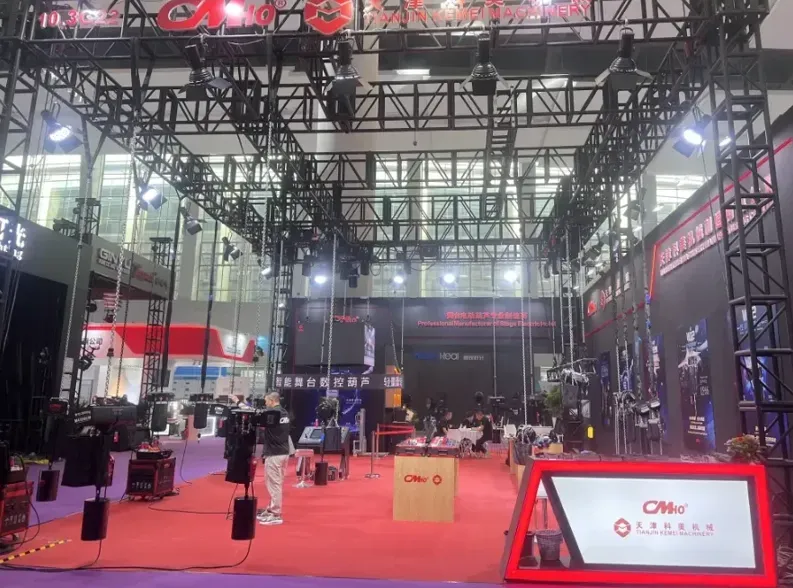
2025-05-27
创始人
0
Guangzhou International Professional Lighting and ...
We look forward to meeting you at the exhibition site and jointly drawing a new blueprint for industry development!
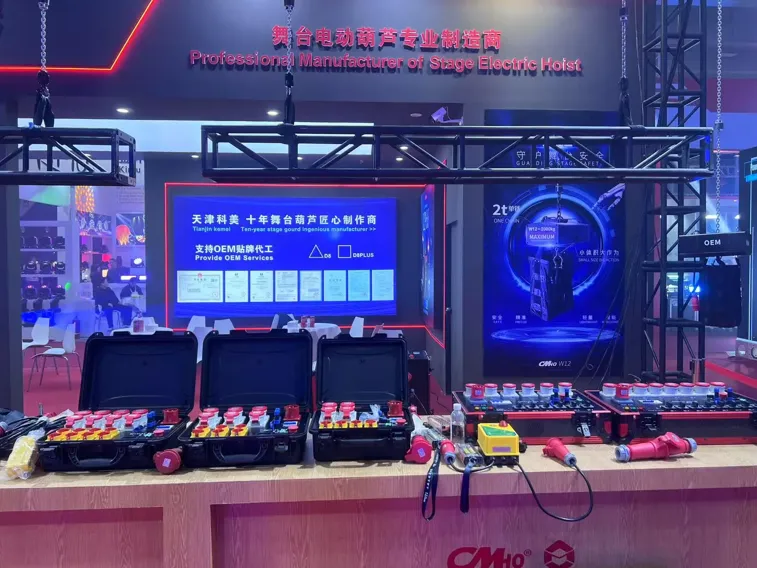
2025-02-28
创始人
0
The participation of Tianjin Kemei in the Guangzho...
Tianjin Kemei made a remarkable and eye-catching appearance at the Guangzhou (International) Performing Arts Equipment, Intelligent Acoustic, Optical and Electrical Products...
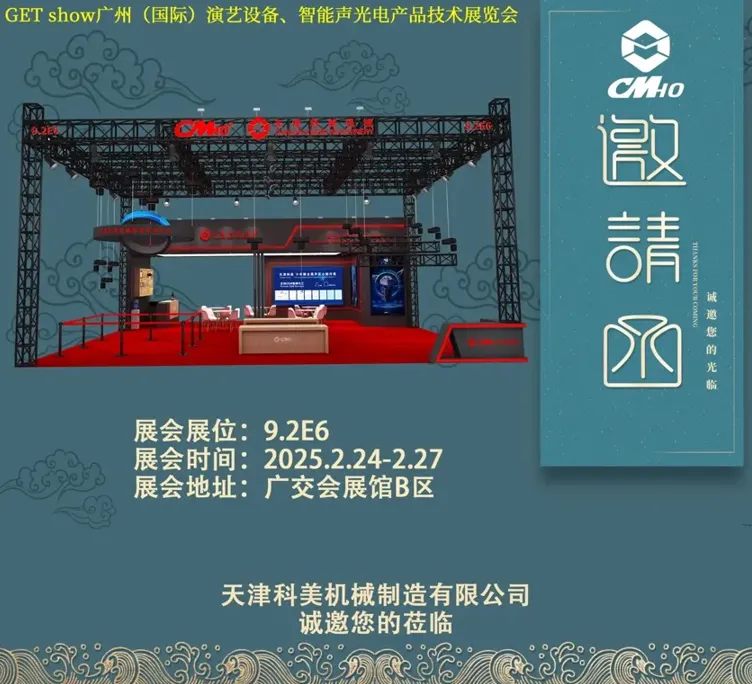
2025-02-27
创始人
0
Guangzhou (International) Performing Arts Equipmen...
In the era of the rapid development of stage lifting equipment and intelligent acousto - optic technology, every industry event serves as a crucial opportunity for innovatio...

2025-02-27
创始人
0
GET show Guangzhou (International) Performing Arts...
Tianjin Kemei Machinery Manufacturing Co., Ltd. has been deeply engaged in the stage equipment manufacturing field for many years and has developed into a modern benchmark e...

